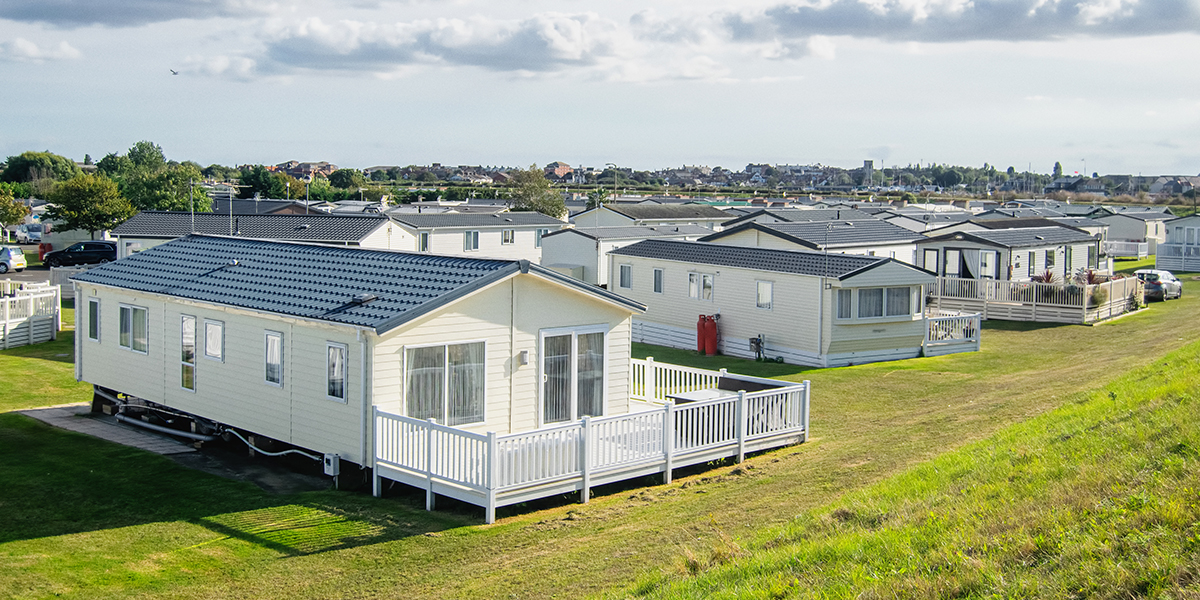Understanding where and how all the water in your building is being used is a critical component of responsible facility management. While restrooms and irrigation systems are some of the most water-intensive systems, cooling towers also require large quantities of water.
What are cooling towers?
Cooling towers are heat exchangers that are specially designed to reject heat from a system using the power of evaporation. As a result of its mechanics, cooling towers use a fair amount of water to get the job done. Cooling towers come in different sizes — from the enormous ones you find associated with power stations to the smaller rooftop machines that are responsible for facilitating central HVAC systems. For the purposes of this article, we will discussing how to enhance the water efficiency of your facility’s HVAC cooling towers.
How do I make my cooling tower run as efficiently as possible?
Just like any facility system, it’s all about benchmarking, monitoring, and regular maintenance. A few maintenance guidelines for cooling tower water conservation include:
● Inspecting cooling tower for leaks and malfunctioning valves on a regular basis
● Installing flow meters on make-up and bleed-off lines.
● Reading meters regularly and keeping a log of make-up and bleed-off quantities.
The most accurate way to benchmark and monitor your facility’s water use is by installing a water meter data management device, such as WaterSignal, to collect data and monitor for any unexpected leaks or other events.
Installing a monitoring device like WaterSignal can help you measure the amount of water in a cooling tower that is lost to evaporation and drift, determine if your cycles of concentration are properly optimized, and estimate the return on investment of facility retrofits. It can also help you qualify for cooling tower evaporation credits.
What are cooling tower evaporation credits?
Facilities with cooling towers may receive a credit for a portion of their sewer use fee if they maintain logs that document where their water is flowing — whether it’s going through the cooling towers or if it’s simply being sent down the drain.
In this in-depth article about cooling tower evaporation credits, we explain how WaterSignal works to help maintain these logs for your facility:
“Like a doctor’s stethoscope, WaterSignal uses sensors to listen to the pulse of your existing meters. Usage data is then collected and sent wirelessly to a secure web portal where water consumption can be drilled down by month, day, or even by hour. When it’s time to submit your log-book for credit, simply log on to your secure WaterSignal dashboard, select your desired dates, and export your data into Excel or PDF format.”
Contact WaterSignal today to learn more about how a water meter data management device can help you save water, and qualify for cooling tower evaporation credits.




